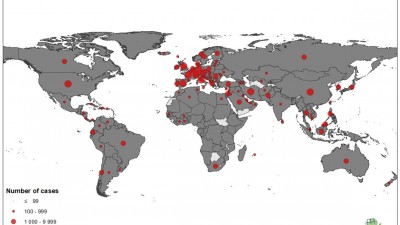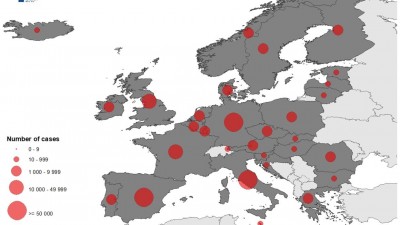You can use keyword research tools, like KeywordsFX, to help you find relevant terms for your pages. If you want people to find your business in search results, you need to optimize your pages. On-page search engine optimization (SEO) is fundamental to helping more qualified leads find your business when they search. Want to make sure your website gets a once-over from search engines?
What is are Meta Descriptions?
- On-page SEO involves optimizing various elements such as title tags, meta descriptions, header tags, and content to improve search engine rankings.
- If they’re engaged, it tells Google that your content is high quality, interesting, and trustworthy to real people.
- Also, research from Ziff Davis shows LLMs like Open AI prefer content from authoritative websites.
- Search engines favor updated pages, especially for topics that change frequently.
- Keyword research is crucial as it identifies what people are searching for, their questions, and the phrases they use to find answers.
- Featured snippets are excerpts from web pages that Google displays at the top of its search results, often called ‘position zero,’ to answer user queries directly.
To encourage users to leave product reviews, keep things simple! Track SEO performance with paid or free key word and website monitoring tools. The best SEO solutions for beginners have simple user interfaces and in-app tips, so you can act quickly on insights. Evaluate your website for SEO to identify and prioritize site errors, like slow loading times. A web developer, SEO firm, or tech-savvy staffer can help with advanced SEO techniques, such as optimizing JavaScript and CSS to improve page rendering speed. The first is the checklist template that you can customize to your liking.
Hotjar reveals what Google Analytics can’t – Exactly how users engage with your website. Read my full Ahrefs review to learn more, or check out my Ahrefs vs Semrush comparison to see why I choose Ahrefs as my primary SEO tool. The free version is excellent, but the Pro version is absolutely worth it for all of the extra tools and features you get. It’s one of the few tools I use daily, and it is completely free. You simply set up the files in Claude.ai and have the tool run a complete audit of your content from – top to bottom.
The good news is that you have complete control over your site’s user experience. Not only does this add structure to your web page for search engines, but all of your human visitors will also love it as well. The goal is to create a logical hierarchy of headings down your page that both readers and search engines can understand.
Never Waste Money On Links Again
Adding pictures, videos, charts, and other eye-catching visuals makes it more attractive for visitors and improves its appearance in search results. For rapidly evolving topics, keeping your content fresh and providing new value as you learn more about your audience’s needs is critical. SEO without it is like a beautiful new sports car without an engine; it might look nice, but it’s going nowhere. On-page SEO doesn’t end with a perfect page; you have to constantly review and audit your content to make sure it’s good, relevant, and up to date. On-page SEO is the practice of optimizing elements on web pages for SEO– but it’s more complicated than you might think. It’s important to make your alt text as descriptive as you can without becoming too lengthy.
Your title tag needs to fit within the limit to ensure that it displays correctly. It’s best to use a clear and concise title to attract your audience. It looks at your title tag to see how it measures up to the rest of the page.
It gives value to your audience and aligns with Google’s ranking systems. Including updates like the “Helpful Content Updates” introduced in 2021. A compelling meta description highlights how your content solves user needs. It should be concise and engaging, offering enough information to entice users without overwhelming them. You can also opt for the “Best by links” report in Ahrefs’ Site Explorer.
On-page SEO, also known as on-site SEO, is the process of optimizing webpages and their content for search engines and users. This process helps pages rank higher on Google and drive more organic traffic. Because you want search engines and users to quickly understand what the content is about. Each requires multiple tools and tasks to do them properly, but the investment, be it in time or money, can pay dividends in terms of increased rankings, traffic, and repeat visits.
If we could bring the reading grade level down, more people would be able to read it. You can use free tools like Hemingway and Grammarly to fix this. For example, to curate our list of the best Facebook groups for SEOs, we asked the 12K+ members of our customer-only group to vote for their favorites.
Creating content that prioritizes search engines and converts human visitors to your SEO Anomaly site is an art. Use keyword research tools to identify relevant entities and related queries around your main topics. This is especially critical for YMYL (Your Money or Your Life) topics like health, finance, safety, etc. Beyond the content itself, on-page factors signal a page’s relevance and quality. The website architecture, including site speed, mobile-friendliness, and URL structures, impacts on-page SEO. As Google improves, it gets even better at understanding what users are searching for and how to meet their needs.
























Comments